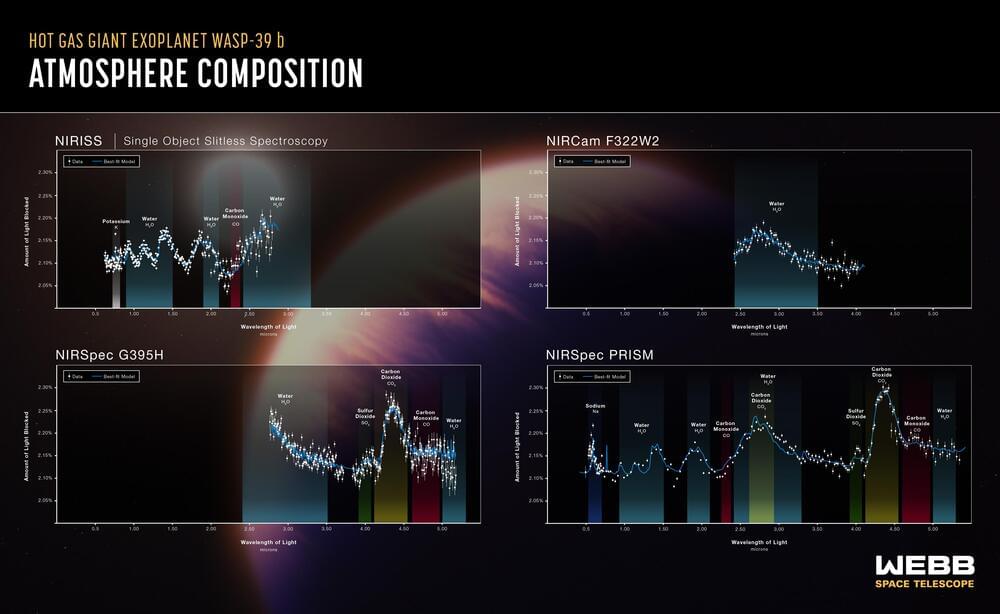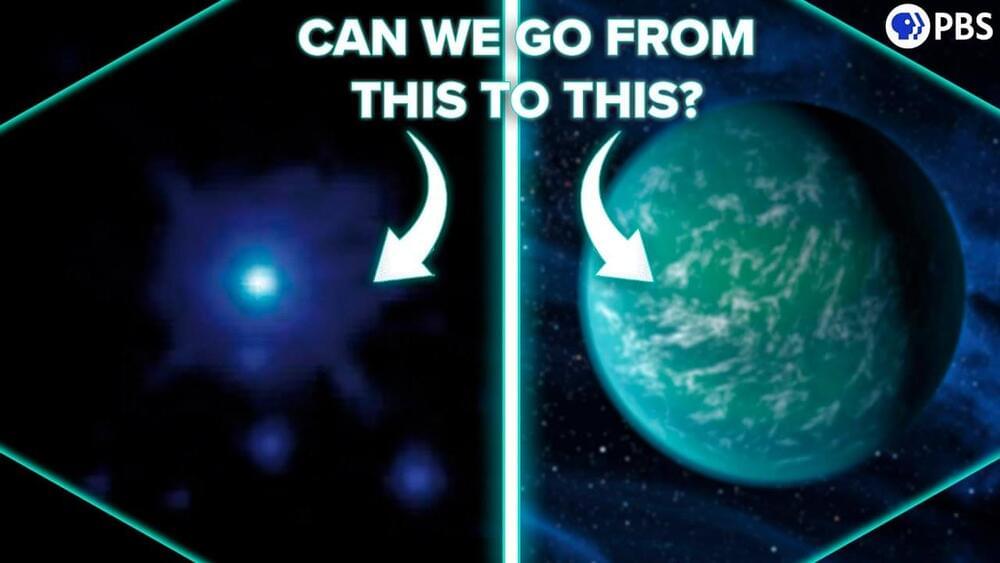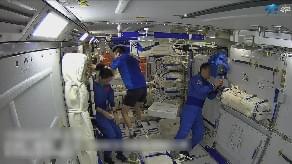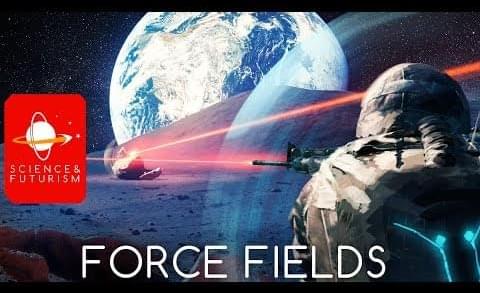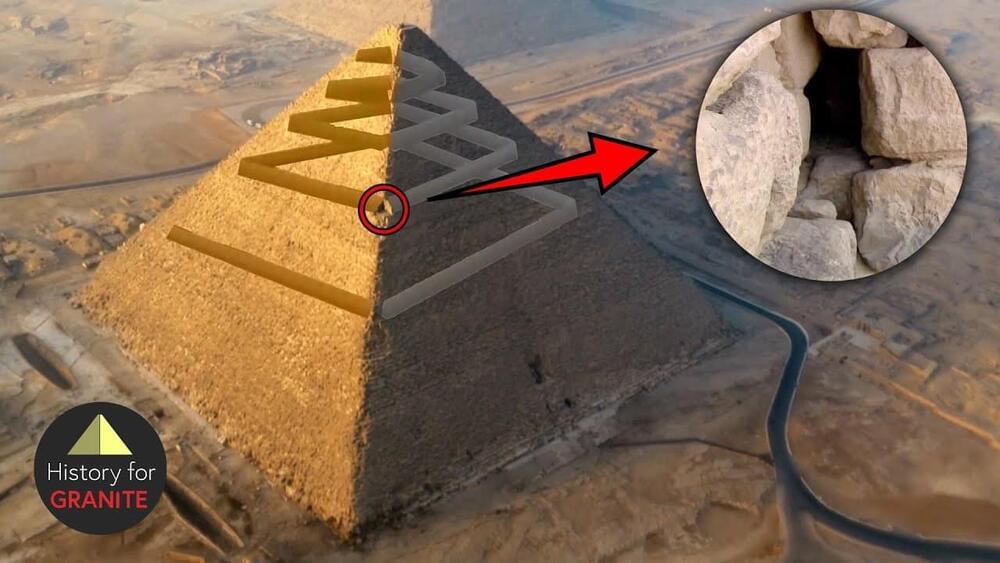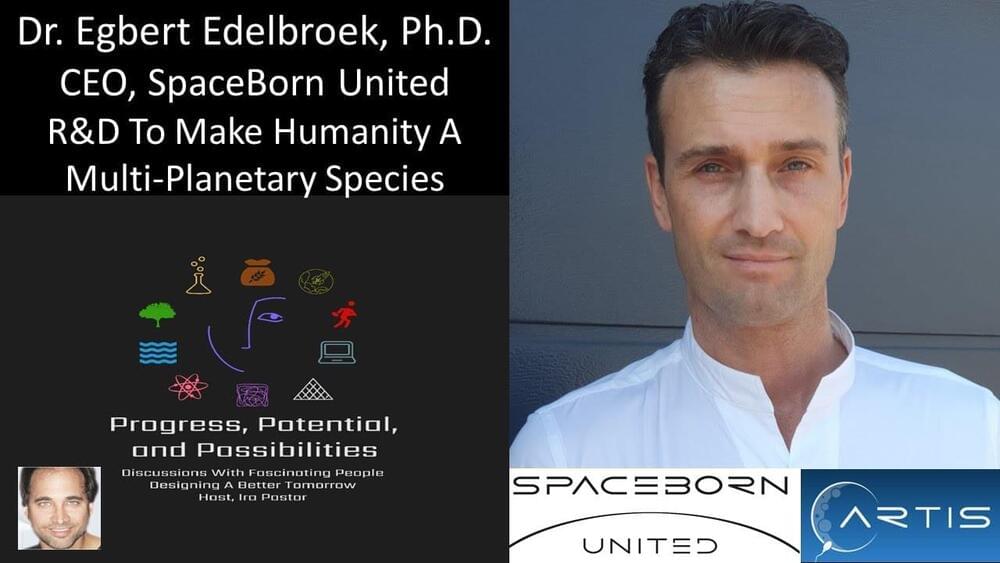Nov 27, 2022
Photochemistry is confirmed on an exoplanet
Posted by Future Timeline in categories: chemistry, particle physics, space
The latest data improves our understanding of how clouds in “hot Jupiter” exoplanets like this might appear up close. They are likely to be broken up, rather than a single, uniform blanket over the planet.
Photochemistry is the result of light triggering chemical reactions. This process is fundamental to life on Earth: it makes ozone, for example, which protects us from harsh ultraviolet (UV) rays.
New observations of WASP-39 b, a Jupiter-sized planet orbiting a Sun-like star found 700 light years away, confirm the presence of a never-before-seen molecule in the atmosphere – sulfur dioxide – among other details.
Continue reading “Photochemistry is confirmed on an exoplanet” »
